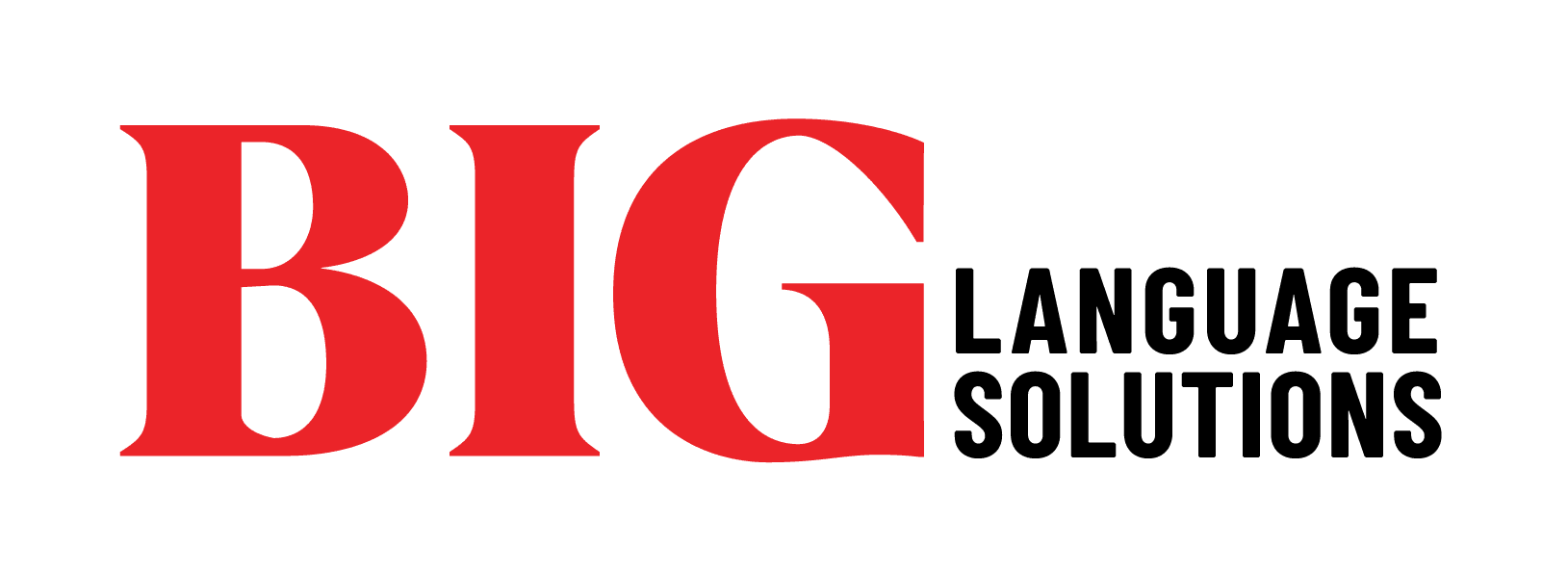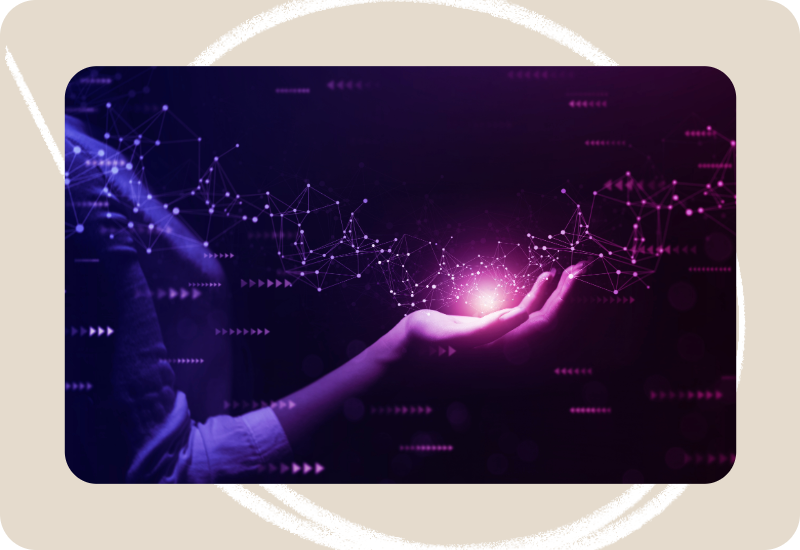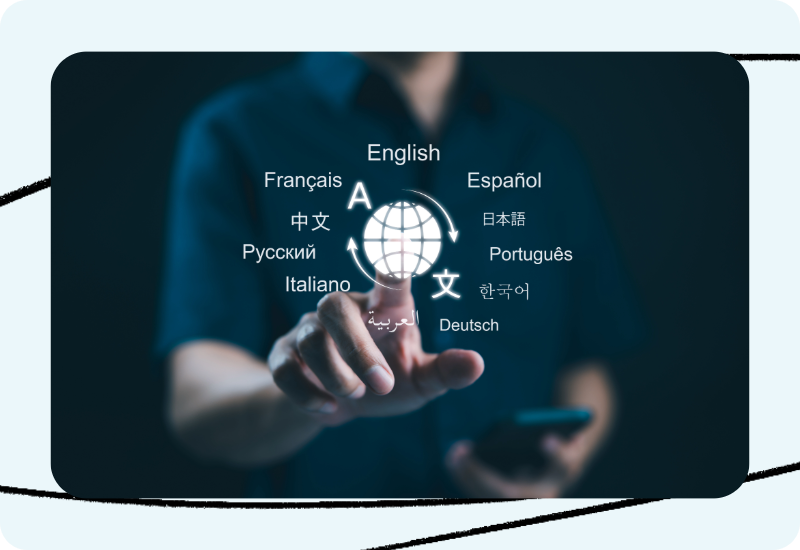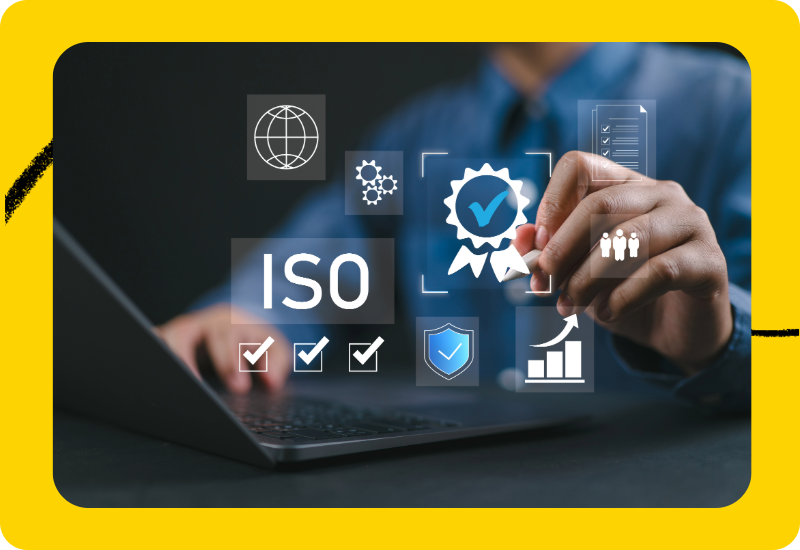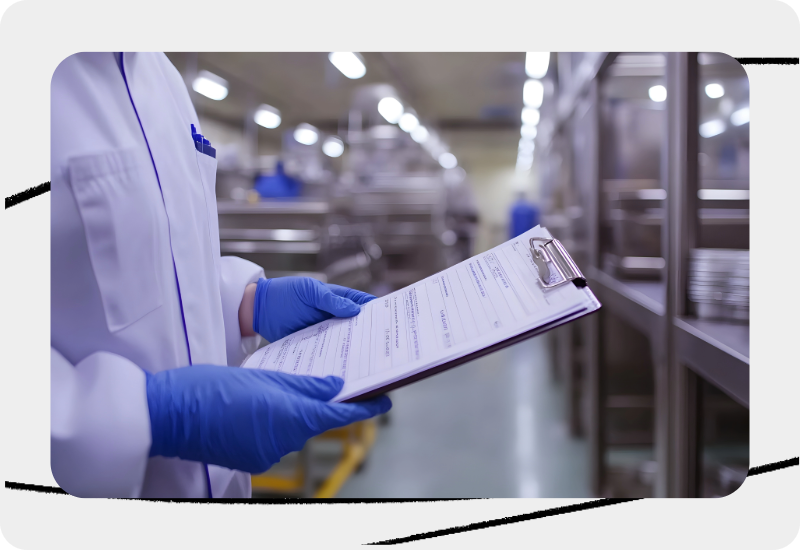The floods that struck Spain, the 2008 housing crisis, and the implosion of Long-Term Capital Management in the late 1990s all share something surprising. Each fell victim to the same trap: the illusion of precision. In every case, we trusted what looked like clean, reliable data. We believed it because it looked right. And we were wrong.
Today, artificial intelligence is caught in a similar moment. Neural machine translation (NMT) is being hailed as a reliable alternative to human translation for patents. It looks polished. It looks accurate. But if we blindly trust it, we risk repeating the same mistake. And in this case, the cost could be high.
Let’s rewind to September 26, 1983. The Cold War is at a boiling point. In a bunker near Moscow, Lieutenant Colonel Stanislav Petrov is monitoring Russia’s early-warning missile system. Suddenly, alarms light up. Five US nuclear missiles have been launched, the system says. Petrov’s orders are clear: call his superiors and trigger a counterstrike.
But something feels off. Why would the US launch only five missiles when they have hundreds? Petrov hesitates. He reports a system error instead. Minutes pass. Nothing happens. No missiles arrive.
The alarms were wrong. The system had misread reflections from clouds. Petrov’s calm decision may have prevented a global catastrophe.
So, what does this have to do with patent translation and artificial intelligence? Everything.
Petrov’s story teaches us three important lessons. First, he knew his system inside and out. Second, he recognized when something didn’t make sense. Third, he was there to make the call.
What’s Really Behind AI-Assisted Translation?
Translation has been a core use case for AI since the beginning. In the 1950s, it started with rule-based systems. Then came example-based and statistical machine translation. But in 2015, neural machine translation changed the game. It introduced the idea of using models inspired by how the human brain works.
The real breakthrough came in 2017 with a whitepaper titled Attention Is All You Need. This introduced the transformer model, which powers modern AI. It consists of two parts. The encoder digs deep into the source text to understand meaning and context. The decoder generates the translated sentence in the target language.
Some tools, like ChatGPT, only use the decoder. That works well for content creation or answering questions. But for high-accuracy translation, especially in patents, both parts are essential. You need the encoder to understand the original and the decoder to express it clearly and correctly.
The Problem with Convincing Mistakes
AI can do amazing things. It analyzes trends, interprets language, and generates text that reads as if it were written by a human. But it also has a serious flaw. It can be wrong, and convincingly so.
There are two reasons for this. One is the alignment problem. The other is automation bias.
The alignment problem happens when the model’s output does not match the intent of the user. For example, some social media moderation tools wrongly label posts written by people with disabilities as toxic. The system cannot always distinguish between harmful language and honest self-expression.
Automation bias is even trickier. It’s the tendency to trust automated systems too much. We assume the output is correct because it is easy to do so. Databricks, a leader in big data and AI, explains that automation bias leads people to choose the path of least cognitive resistance. In short, we stop thinking critically.
For patents, that is dangerous. Novel inventions often use new terms or describe ideas in unfamiliar ways. If the machine has never seen that phrasing before, it is more likely to get it wrong. And in patent law, one small mistake can invalidate an entire claim.
The Human Element is Not Optional
That brings us to the most important point: human oversight. At BIG, we never rely on AI alone for the provision of the official patent translation for filing. We always have a qualified expert review the output. This person is called a post-editor.
The post-editor checks for grammar issues, mistranslations, and awkward phrasing. They make sure the translation reflects the meaning and purpose of the original document. And in the case of patents, they also ensure the claims are structured correctly.
Even something as simple as a comma can make a difference. The Oxford comma, while common in English, is not standard in many other languages. That small detail can change the meaning of a sentence. In fact, Boeing once lost a patent over a misplaced comma.
How BIG Does It Right
At BIG Language Solutions, we take a thoughtful approach to translation. We offer three tiers of service, each designed to match the level of risk and need for accuracy.
Patent Plus is our gold standard. It involves a full human translation, post-editing by an expert, and review by a patent attorney.
AI Plus uses neural machine translation to increase speed and reduce cost. But we never skip quality. Every translation is post-edited by a human and reviewed by an attorney.
For companies looking to scale AI into their operations, we offer custom workflows. These include data scientists and custom QA models to ensure quality from end to end.
No matter the option, the key is transparency. Clients should always know what process is being used, what safeguards are in place, and who is making the final decision.
Know What You’re Trusting
We are still early in the AI journey. The past several years have brought incredible advancements, and the next wave of innovation will be even more transformative. But that is exactly why asking the right questions now is so important.
Do you know how your patents are being translated? Is there human oversight built into the process? Are the people managing your translations equipped to understand and control the risks that come with automation?
At BIG Language Solutions, we combine proven expertise with advanced AI tools to deliver translations you can truly trust. Whether you’re navigating complex patent filings or scaling your global IP strategy, we’re here to ensure your words are protected and your meaning is never lost.
Reach out today to learn how our patent translation solutions can support your IP goals with the right blend of technology, expertise, and oversight. Because now more than ever, it’s critical that you trust every word.
